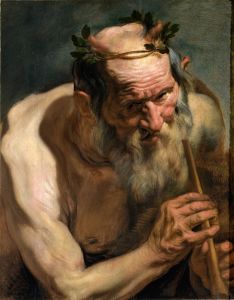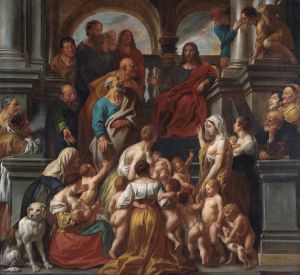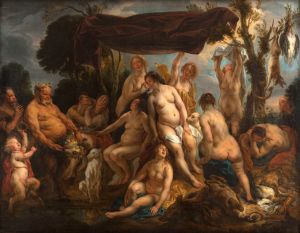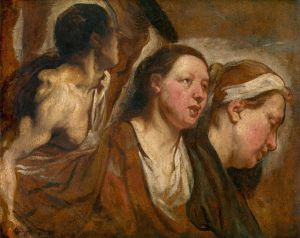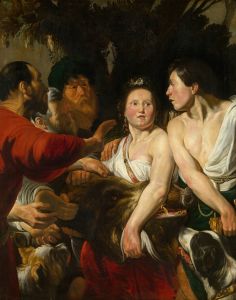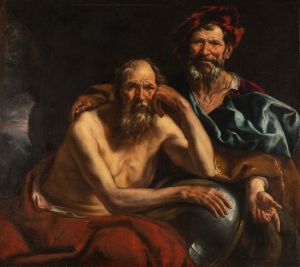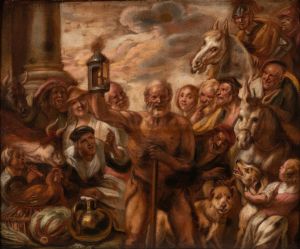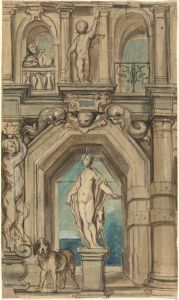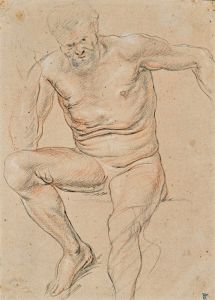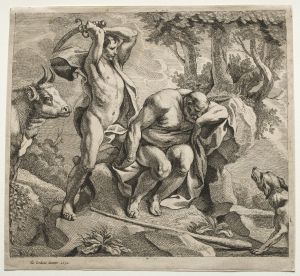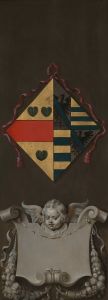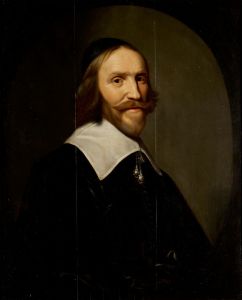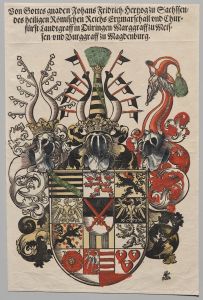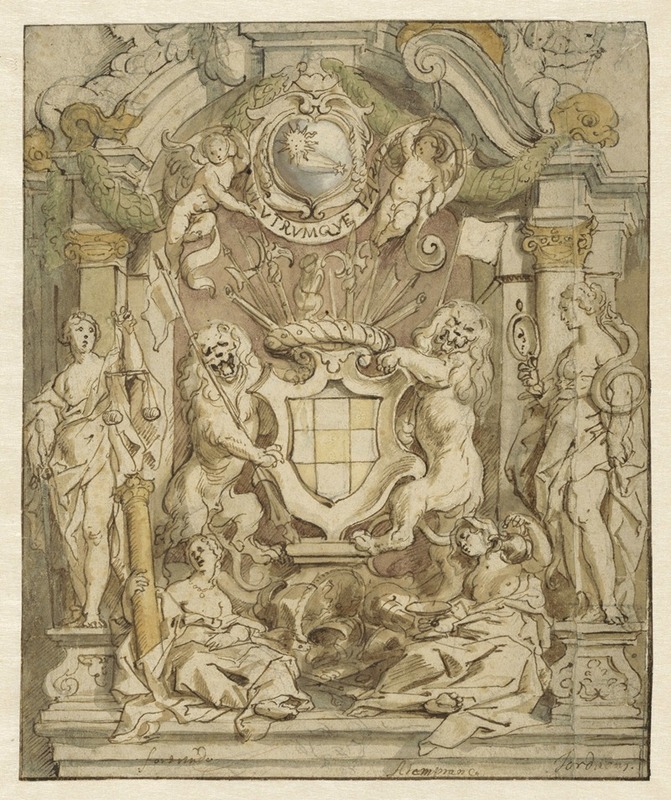
Het wapen van Van der Linden
A hand-painted replica of Jacob Jordaens’s masterpiece Het wapen van Van der Linden, meticulously crafted by professional artists to capture the true essence of the original. Each piece is created with museum-quality canvas and rare mineral pigments, carefully painted by experienced artists with delicate brushstrokes and rich, layered colors to perfectly recreate the texture of the original artwork. Unlike machine-printed reproductions, this hand-painted version brings the painting to life, infused with the artist’s emotions and skill in every stroke. Whether for personal collection or home decoration, it instantly elevates the artistic atmosphere of any space.
Jacob Jordaens was a prominent Flemish Baroque painter, known for his vibrant use of color and dynamic compositions. He was a contemporary of Peter Paul Rubens and Anthony van Dyck, and like them, he played a significant role in the development of Baroque art in the Southern Netherlands. Jordaens is celebrated for his genre scenes, portraits, and historical paintings, often infused with a sense of realism and lively characterizations.
"Het wapen van Van der Linden" is one of Jordaens' works, although detailed information about this specific painting is limited. Jordaens' oeuvre often includes allegorical themes, mythological subjects, and scenes from everyday life, characterized by a robust and earthy style. His works frequently depict lively gatherings, rich in texture and detail, showcasing his ability to capture the vibrancy of human expression and interaction.
Jordaens was born in Antwerp in 1593 and spent most of his life there. He trained under Adam van Noort, who was also the teacher of Rubens. Jordaens married Van Noort's daughter, which further solidified his connections within the artistic community of Antwerp. Unlike Rubens, Jordaens never traveled to Italy, but he was heavily influenced by the Italian Renaissance and Baroque through the works of others and the vibrant artistic environment of Antwerp.
Throughout his career, Jordaens received numerous commissions from both local patrons and international clients. His ability to work across different genres made him a versatile and sought-after artist. Jordaens' paintings are known for their rich color palette, dynamic compositions, and the ability to convey complex narratives with clarity and vigor.
In addition to his paintings, Jordaens was also a skilled tapestry designer. His designs were highly prized and contributed to the flourishing tapestry industry in Flanders during the 17th century. His works in this medium further demonstrate his versatility and the breadth of his artistic talents.
Jordaens' legacy is marked by his contribution to the Baroque movement and his influence on subsequent generations of artists. His works are held in high esteem and can be found in major museums and collections around the world, including the Royal Museum of Fine Arts in Antwerp, the Louvre in Paris, and the Hermitage Museum in St. Petersburg.
While specific details about "Het wapen van Van der Linden" are scarce, it is likely that the painting reflects Jordaens' characteristic style and thematic interests. His works often explore themes of human nature, morality, and the interplay between the sacred and the profane, rendered with a keen eye for detail and a masterful use of light and shadow.
Jacob Jordaens passed away in 1678, leaving behind a rich legacy of art that continues to be studied and admired for its technical brilliance and insightful portrayal of 17th-century life. His contributions to the Baroque period remain significant, and his works continue to captivate audiences with their vitality and depth.





